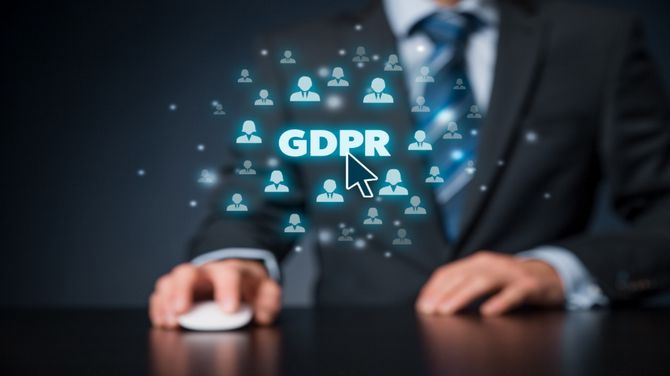The digital advertising landscape is undergoing a seismic shift as privacy regulations like the General Data Protection Regulation (GDPR) and California Consumer Privacy Act (CCPA) redefine how businesses collect, use, and share consumer data.
These regulations aren’t just legal requirements—they’re fundamentally changing how AdTech operates, forcing advertisers, publishers, and tech platforms to rethink their strategies.
With GDPR affecting all organizations handling EU citizen data and CCPA setting the standard for privacy rights in the U.S., non-compliance is no longer an option. Fines can reach up to €20 million or 4% of global revenue under GDPR, while CCPA violations carry penalties of 2,500to2,500to7,500 per intentional violation.
In this article, we’ll explore:
- How GDPR and CCPA differ in their approach to data privacy
- The specific challenges these regulations create for AdTech
- Practical strategies for compliance without sacrificing ad performance
- What the future holds for privacy-focused advertising
Understanding the Regulations
GDPR (General Data Protection Regulation)
Scope: Applies to all organizations processing EU citizen data, regardless of location
Key Requirements:
- Explicit user consent for data collection
- Right to access, correct, and delete personal data
- Data protection by design
- Mandatory breach notifications within 72 hours
CCPA (California Consumer Privacy Act)
Scope: Applies to businesses meeting certain thresholds that collect California resident data
Key Requirements:
- Right to know what personal data is collected
- Right to opt-out of data sales
- Right to delete personal information
- Right to equal service regardless of privacy choices
Comparison Table:
| Feature | GDPR | CCPA |
|---|---|---|
| Consent | Explicit opt-in required | Implied consent allowed |
| Scope | All EU data subjects | California residents |
| Fines | Up to €20M or 4% of revenue | 2,500−2,500−7,500 per violation |
| Data Subject Rights | Access, rectification, erasure | Know, delete, opt-out |
Impact on AdTech: The Major Challenges

1.Consent Management
-
- Cookie banners must be clear and specific
- Users must be able to granularly opt-in/out
- Example: A/B testing shows overly complex consent flows reduce opt-in rates by 30-40%
2. Data Collection Limitations
-
- Reduced ability to track user journeys
- First-party data becomes more valuable
- Case Study: After GDPR, some advertisers saw 40% drops in available audience data
3. Cross-Border Data Transfers
-
- GDPR restricts data flows outside the EU
- New mechanisms like EU-US Data Privacy Framework required
4. Identity Resolution
-
- Traditional device fingerprinting often non-compliant
- Emerging solutions: Unified ID 2.0, clean rooms
Adapting Your AdTech Strategy
1. Build a First-Party Data Foundation
- Develop email collection strategies (lead magnets, loyalty programs)
- Example: Retailer saw 5x ROI increase by using first-party data for retargeting
2. Implement Robust Consent Management
- Use CMPs (Consent Management Platforms) like OneTrust or TrustArc
- Ensure granular consent options (separate toggles for different data uses)
3. Explore Privacy-Preserving Technologies
- Contextual targeting (growing 40% YoY)
- Federated learning of cohorts (FLoC alternatives)
- Clean rooms for secure data collaboration
4. Rethink Measurement & Attribution
- Shift from user-level to aggregated reporting
- Invest in privacy-safe solutions like:
- Conversion APIs
- Incrementality testing
- Media mix modeling
The Future of Privacy-Focused Advertising
- Global Regulations Will Multiply
- Brazil’s LGPD, India’s DPDPA, and 10+ US state laws coming online
- The End of Third-Party Cookies
- Google’s Privacy Sandbox rollout in 2024
- Testing alternatives now is critical
- Rise of Zero-Party Data
- Consumers voluntarily sharing preferences
- Example: 68% of consumers will share data for personalized experiences
- Blockchain for Transparency
- Immutable consent records
- Transparent supply chains
Actionable Takeaways
- Conduct a compliance audit – Map all data flows and identify gaps
- Prioritize first-party data – Build direct consumer relationships
- Test privacy-safe alternatives – Contextual, cohorts, clean rooms
- Educate your team – Regular training on evolving regulations
The companies that will thrive in this new era are those that view privacy compliance not as a constraint, but as an opportunity to build trust and transparency with their audiences. By adapting now, you can turn regulatory challenges into competitive advantages.






